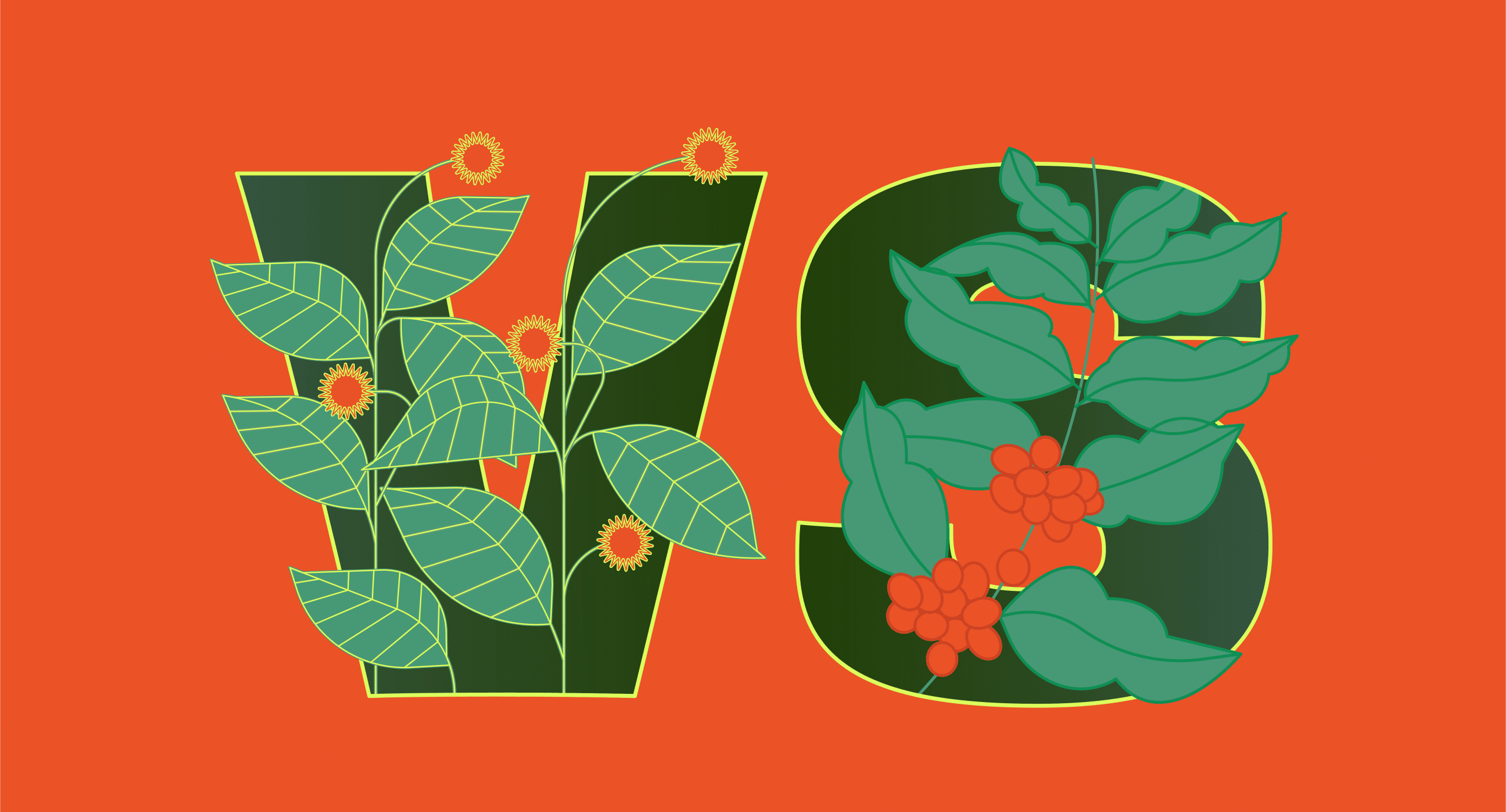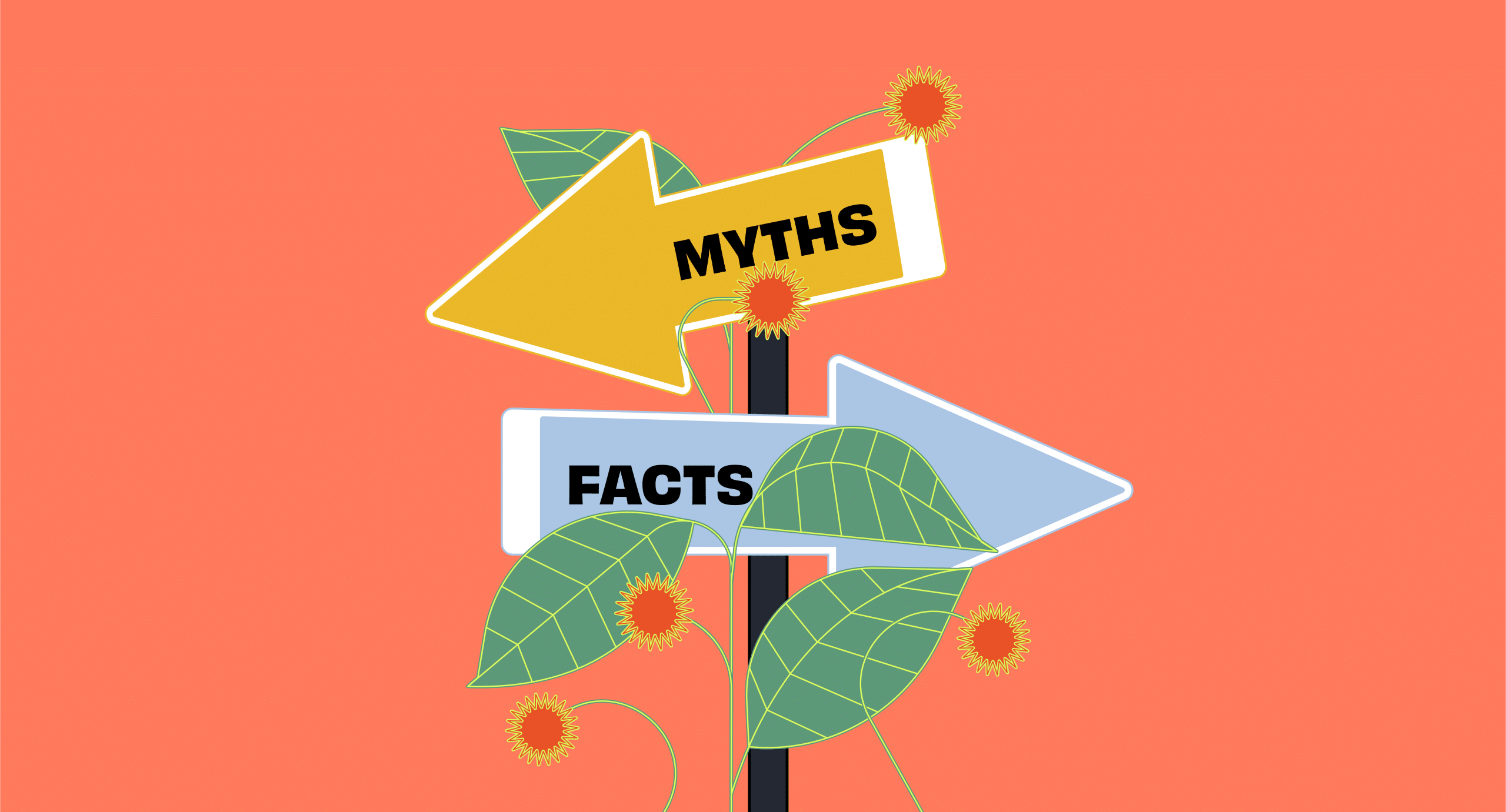How Herbs Can Help with Pain Relief
Many different herbs can be used to alleviate pain. However, not all herbs are suitable for all types of pain. Some are better for nerve-related pain; others are better for inflammatory pain.
Some herbs depress the central nervous system (CNS) and interrupt pain signals traveling to the brain (California poppy and kratom); Others regulate the inflammatory response — which is the primary driver of chronic or autoimmune-related pain.
The Best Herbs & Nutrients for Relieving Pain
In traditional medicine, herbs and plants have been used for pain relief for thousands of years.
In many cases, the same herbs have secured a place in modern medicine as successful treatments for pain. Below are some of the most effective herbs for pain management and relief.
1. Kratom
Kratom (Mitragyna speciosa), a herb grown primarily in Southeast Asia, has proven benefits in relieving pain. Some kratom strains are noted to be central nervous system depressants, which interrupt pain signals and reduce discomfort. In fact, kratom is commonly used in place of opioids, as it mimics their effects [1] and tends to come with a lower chance of addiction.
Kratom has also been shown to boost serotonin levels [2], which helps improve mood. Some studies show that an individual’s attitude toward their pain can help reduce perceived pain [3].
Red-vein varieties of kratom are generally considered the best for pain relief, as their alkaloid profile is the most likely to inhibit pain signals traveling to the brain. Some green vein strains may also provide pain relief but are typically less effective.
Related: Best Kratom Strains For Pain.

2. Cannabis
The pain-relieving effects of cannabis (Cannabis sativa) have been well-documented in recent history. Two primary cannabinoids — tetrahydrocannabinol (THC) and cannabidiol (CBD) —interact with the body’s endocannabinoid system to control neurotransmitter activity. This activity has been closely linked to the central nervous system and the body’s ability to perceive pain [4].
Additionally, THC has been shown to temporarily increase dopamine levels [5], which can dramatically affect the perception of pain.
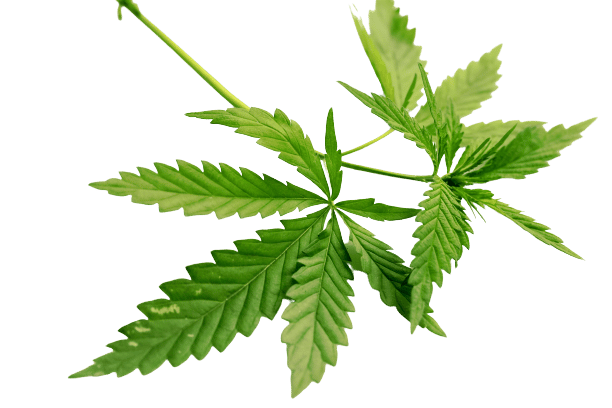
3. Ginger
Ginger (Zingiber officinale) has long been used in traditional medicine as a natural pain reliever. Recent research has shown it has anti-inflammatory capabilities [6].
Since inflammation is closely related to pain perception, ginger could be used to soothe pain and discomfort.
Topical ginger rubs are also helpful as a rubefacient for managing rheumatoid arthritis or other forms of auto-immune-regulated pain.
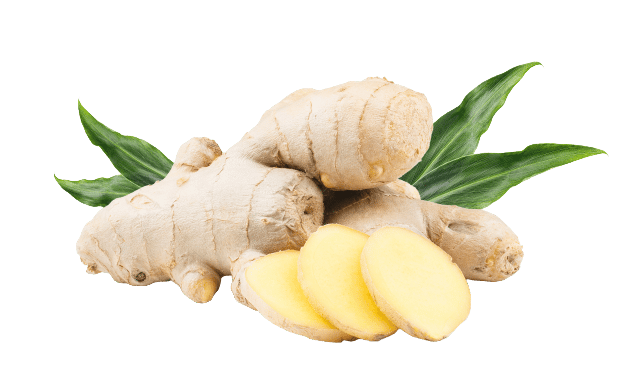
4. Turmeric
Turmeric (Curcuma longa) is another anti-inflammatory that could be useful for reducing pain symptoms.
This herb has also been shown to increase circulation, which could help aid in pain relief and accelerate healing in some cases [7].

5. Valerian Root
Modern research has shown that valerian root has analgesic properties. It’s most often used as a sleep aid and to treat anxiety.
However, it suppresses the central nervous system, reducing the pain signals that reach the brain [8], so it also has its place as a natural pain reliever.
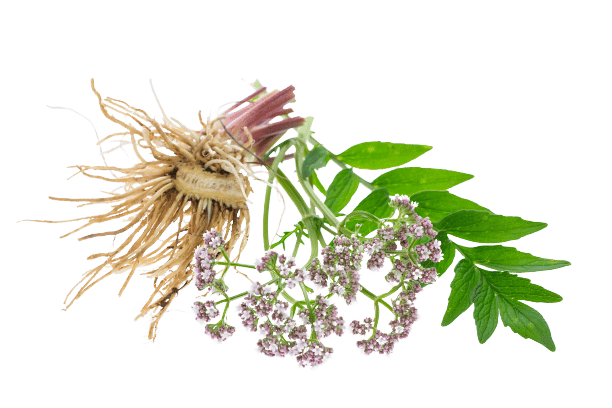
6. Capsaicin (Hot Peppers)
Capsaicin, a compound extracted from hot peppers, is often used as a topical pain reliever. It is known to suppress a neurotransmitter referred to as “substance P,” which regulates pain signals traveling to the brain.
Clinical studies have shown that topical capsaicin applications have been practical for both short-term and long-term pain management [9].
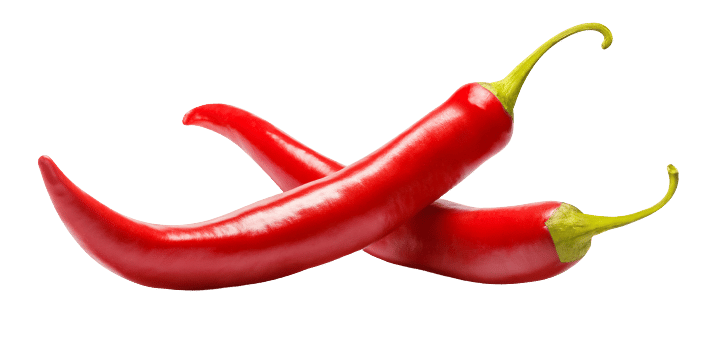
7. Magnesium
Magnesium is essential for human life. According to experts, up to 75% of adults aren’t meeting the daily recommended intake for magnesium. This results from soil depreciation and a switch from eating raw vegetables to processed foods and fast food.
Research suggests magnesium deficiency can lead to an increased likelihood of migraines and headaches, as a lack of magnesium can cause restricting of blood vessels and uninhibited pain signals in the brain [10].
Magnesium won’t work for everyone, only those who are magnesium deficient. However, because of the low cost and simplicity of taking magnesium supplements, this is a great place to start.
Also see: All You Need to Know About Kratom & Magnesium.

8. Cat’s Claw
Cat’s claw (Uncaria tomentosa) is a herb that grows predominantly in South America. It’s been used in traditional medicine to treat muscle aches, joint aches, and other sources of pain. It’s believed to block the production of prostaglandin, a hormone closely related to pain signals.
Clinical studies have shown that it effectively treats some pain symptoms, particularly those related to arthritis and joint pain [12].
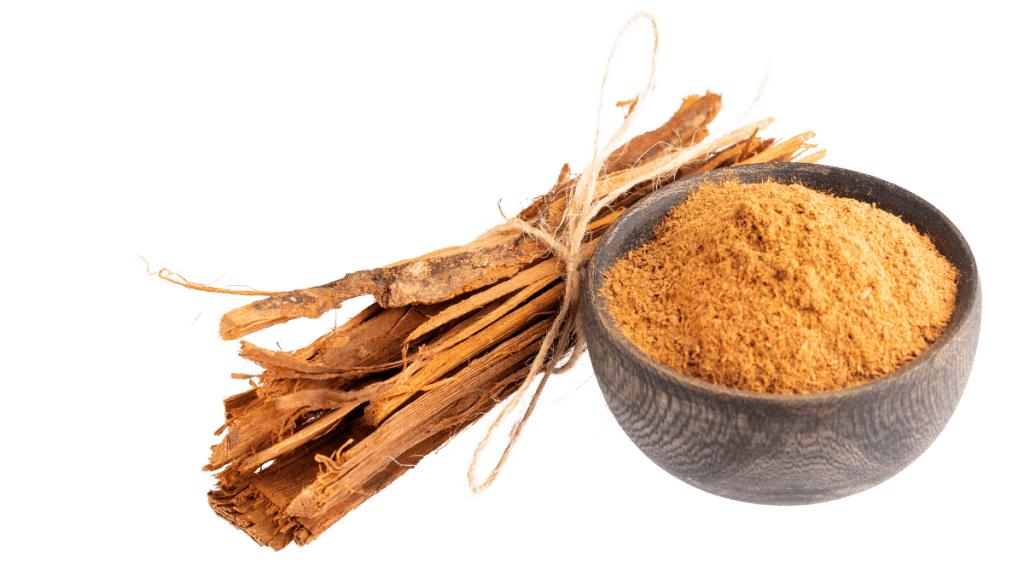
9. Frankincense
The resin from frankincense (Boswellia serrata), a tree indigenous to India and the middle-east, has been used to manage pain symptoms in traditional medicine for centuries.
More recent research suggests that the resin does have anti-inflammatory capabilities, which could aid in relieving pain [13].
This herb contains a compound called boswellic acid, which works by inhibiting a pro-inflammatory enzyme called 5-LOX. This has a similar effect on pain as aspirin, which blocks the effects of a related enzyme called COX.
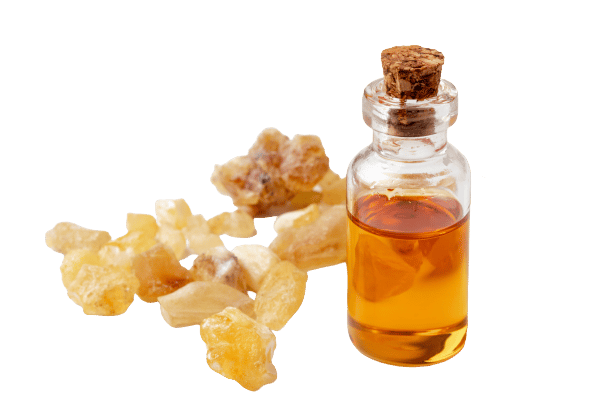
10. Stinging Nettle
Stinging nettle (Urtica dioica) contains millions of tiny stinging hairs on the leaf’s surface. You might think it’s odd to see a plant with stinging effects shouldn’t be on a list of natural painkillers — but there’s more going on than meets the eye.
The hairs of the stinging nettle plant contain serotonin, histamine, and a host of other compounds that trigger an even greater reaction from the body. The leaves are rubbed against sore or inflamed joints. The stinging action takes place immediately but quickly reverses as the immune system kicks into overdrive. Within about 20 or 30, the result is a reduction in overall pain of the joint.

11. Chamomile
Chamomile (Matricaria chamomilla) is one of the most widely used herbs in the history of traditional medicine. It was used to treat burns, joint pain, headaches, and various other pain symptoms.
Recent research substantiates some of these claims, particularly that the herb has anti-inflammatory capabilities that could reduce pain perception [14].

12. Lavender
Lavender plants and lavender essential oils are very popular for pain relief in traditional medicine. Some clinical studies suggest that the terpenes in lavender have anti-inflammatory and pain-relieving effects [15].
Many people report relaxation after inhaling lavender terpenes, which could aid in the reduction of perceived pain.
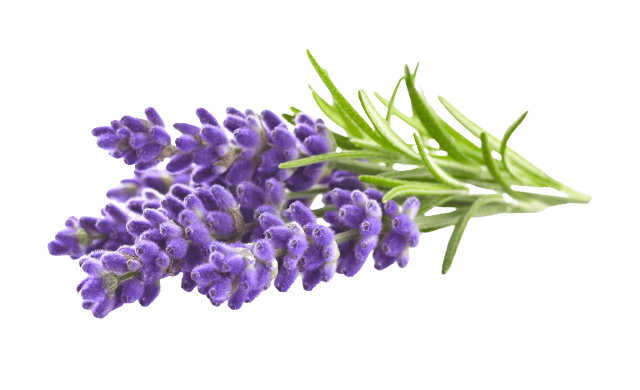
13. Sage
Sage (Salvia officinalis) has been widely used in traditional medicine to treat pain, particularly for cuts, burns, and other topical sources of pain.
Experts believe that the flavonoids and other chemicals in sage have anti-inflammatory and antibacterial capabilities, potentially contributing to their ability to relieve pain [16].

14. Rosemary
Recent research has shown that the chemical compounds in rosemary could be beneficial for treating pain symptoms.
Specifically, it’s believed that pinene and other terpenes contained within the herb have natural analgesic properties [17].
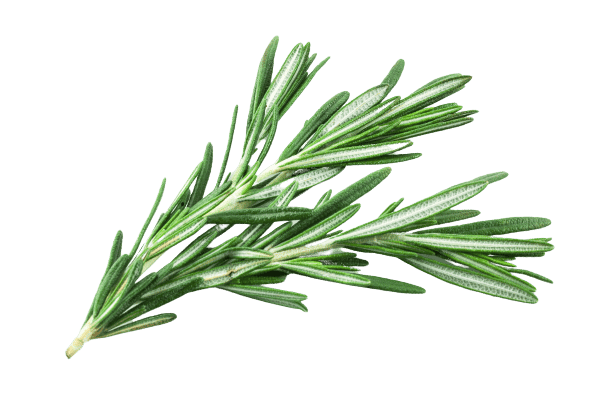
15. Peppermint
Peppermint (Mentha piperita) oil is believed to work as a pain reliever on several levels. Research suggests that it is a natural anti-inflammatory, has antibacterial properties, and works to reduce pain signals traveling to the brain [18].
In traditional medicine, peppermint oil is particularly useful for topical applications.
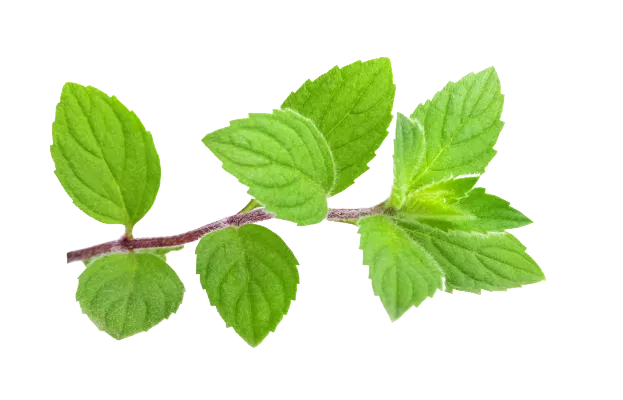
16. Eucalyptus
A research study done on patients recovering from knee surgery suggested that eucalyptus essential oil helped manage pain symptoms, reduce inflammation, and reduce the likelihood of infection [19].
The effects of eucalyptus are mainly due to a terpene known as eucalyptol, which works through similar mechanisms as bisabolol from chamomile, menthol from mint, and zingiberene from ginger — all of which are known for their anti-inflammatory and analgesic effects.

17. Feverfew
Feverfew (Tanacetum parthenium), a flowering plant closely related to the chrysanthemum, has long been used in traditional medicine as an analgesic. It also has its place in modern medicine, as recent studies suggest that it helps treat pain related to toothaches, headaches, and stomach aches [20].
Where this herb truly shines is in its ability to alleviate migraine headaches. There are no herbs (or medications for that matter) that have proven as effective for this type of pain as the mighty feverfew.
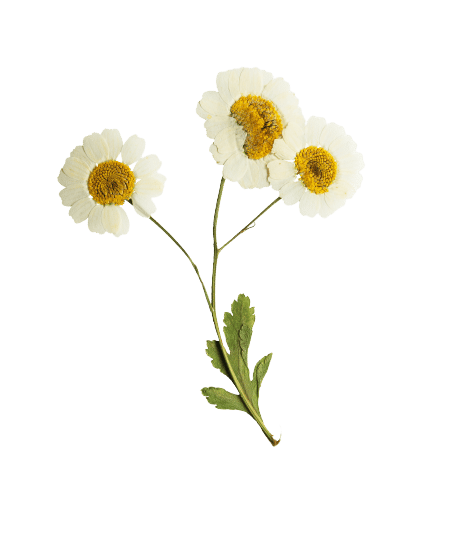
18. Cloves
Clove oil (Syzygium aromaticum) has shown to be a successful analgesic for dental work, with patients reporting similar pain reduction to benzocaine [21], a common topical pain reliever. Experts also believe that clove oil (eugenol) has anti-inflammatory and antibacterial capabilities [22], which could also help with pain management.
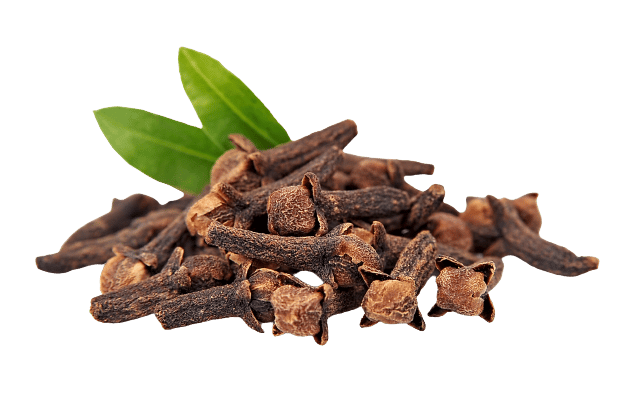
19. Mustard Seed
The seed of the mustard plant (Brassica nigra) is a potent topical pain reliever. It’s classified as a rubefacient, which means it works by stimulating blood flow to whatever area it’s applied. This brings a sensation of warmth.
Rubefacients are most effective for rheumatoid or autoimmune-related pain in the joints. The effects tend to worsen at first but quickly show signs of improvement about an hour later.
The active ingredients in mustard are a group of over 50 compounds characterized as isothiocyanates. These compounds have been well-studied for their effects on both acute and chronic pain. One study even found these compounds effective for persistent neuropathic pain from chemotherapy [23].
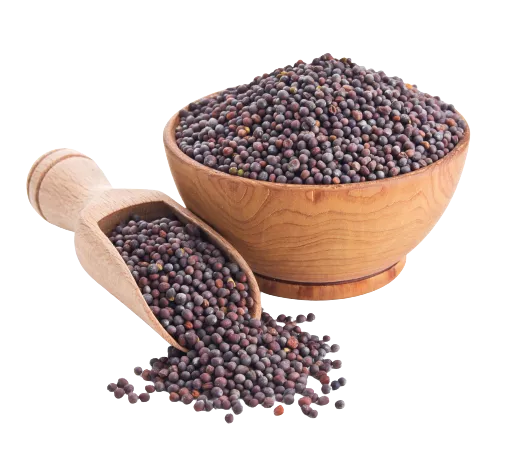
20. Corydalis
Corydalis (Corydalis ambigua) is most popular in traditional Chinese medicine, where it’s considered one of the most potent natural painkillers available.
The active ingredient dehydrocorybulbine (DHCB) works similarly to kratom — by stimulating both the opioid and dopamine receptors. However, like the alkaloids in kratom, DHCB isn’t technically classified as an opioid and lacks both the risk of respiratory depression and much of the addictive potential of opiate medications [24].
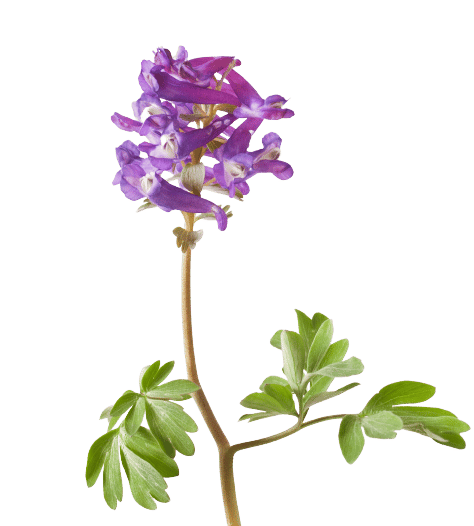
21. White Willow Bark
White willow (Salix alba) is often referred to as “nature’s aspirin” because it contains the original precursor used to make aspirin today.
The compound in willow bark, salicylic acid, has been shown to provide clear analgesic effects when applied topically [25].
Modern aspirin (acetylsalicylic acid) is slightly different from this molecule, making it more useful as a blood thinner. White willow bark is unsuitable as a blood thinner but maintains most of the analgesic effects of aspirin.
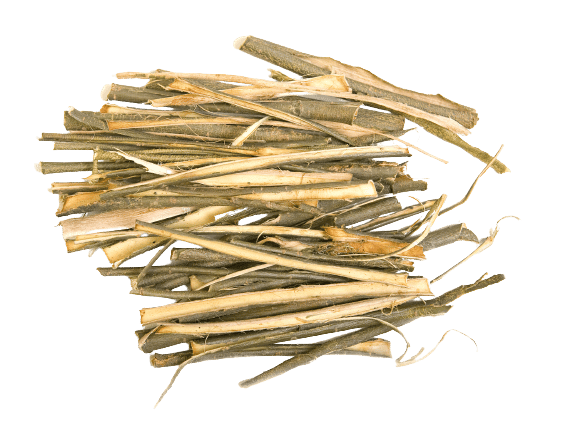
22. Devil’s Claw
The active ingredients in devil’s claw root (Harpagophytum procumbens) are a group of molecules called harpagosides. These compounds (50 mg dose) were used in a large clinical trial involving nearly 400 patients suffering from persistent back pain [26]. The study concluded that there was substantial evidence to support the analgesic effects of devil’s claw (roughly a 50-gram dose per day).
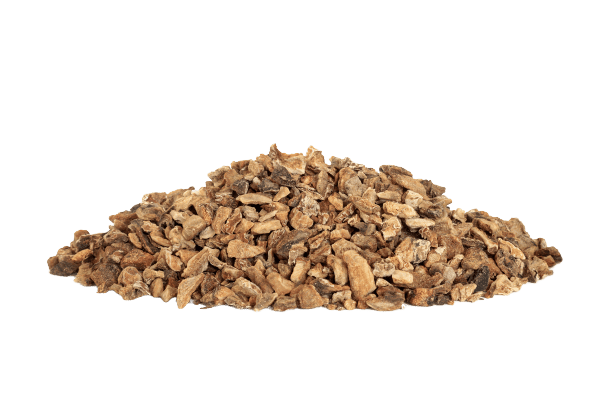
23. California Poppy
The California poppy (Eschscholzia californica) is closely related to the opium poppy (Papaver somniferum), which is where the source of opiate painkillers is derived from.
California poppy contains many (but not all) of the same alkaloids in opium, making it useful for managing chronic pain.
This plant is widely used by herbalists in North America and Europe as one of the stronger herbs available for managing pain. It’s also commonly used to promote sleep in patients suffering from insomnia.

Wrapping Up: Treating Pain Naturally With Herbs
Countless Americans shy away from prescription painkillers in response to the opioid epidemic and other reports of addiction to over-the-counter drugs.
Thankfully, several natural herbs can assist with pain management. Most of them work by suppressing the central nervous system or acting as a local analgesic. Others can boost mood, which can assist in pain management.
Some of the most effective herbs for natural pain relief include kratom, cannabis, white willow bark, and valerian root.
- Eastlack, S. C., Cornett, E. M., & Kaye, A. D. (2020). Kratom—Pharmacology, clinical implications, and outlook: a comprehensive review. Pain and Therapy, 9(1), 55-69.
- Johnson, L. E., Balyan, L., Magdalany, A., Saeed, F., Salinas, R., Wallace, S., … & Grundmann, O. (2020). Focus: Plant-based Medicine and Pharmacology: The Potential for Kratom as an Antidepressant and Antipsychotic. The Yale Journal of Biology and Medicine, 93(2), 283.
- Finan, P. H., & Garland, E. L. (2015). The role of positive affect in pain and its treatment. The Clinical journal of pain, 31(2), 177.
- Mack, A., & Joy, J. (2000). MARIJUANA AND PAIN. In Marijuana as Medicine? The Science Beyond the Controversy. National Academies Press (US).
- Bloomfield, M. A., Ashok, A. H., Volkow, N. D., & Howes, O. D. (2016). The effects of Δ 9-tetrahydrocannabinol on the dopamine system. Nature, 539(7629), 369-377.
- Mashhadi, N. S., Ghiasvand, R., Askari, G., Hariri, M., Darvishi, L., & Mofid, M. R. (2013). Anti-oxidative and anti-inflammatory effects of ginger in health and physical activity: review of current evidence. International journal of preventive medicine, 4(Suppl 1), S36.
- Hewlings, S. J., & Kalman, D. S. (2017). Curcumin: a review of its effects on human health. Foods, 6(10), 92.
- Zare, A., Khaksar, Z., Sobhani, Z., & Amini, M. (2018). Analgesic Effect of Valerian Root and Turnip Extracts. World journal of plastic surgery, 7(3), 345.
- Anand, P., & Bley, K. (2011). Topical capsaicin for pain management: therapeutic potential and mechanisms of action of the new high-concentration capsaicin 8% patch. British journal of anaesthesia, 107(4), 490-502.
- Na, H. S., Ryu, J. H., & Do, S. H. (2011). The role of magnesium in pain. Magnesium in the Central Nervous System [Internet].
- Vlachojannis, J., Magora, F., & Chrubasik, S. (2011). Willow species and aspirin: different mechanism of actions. Phytotherapy Research, 25(7), 1102-1104.
- Piscoya, J., Rodriguez, Z., Bustamante, S. A., Okuhama, N. N., Miller, M. J. S., & Sandoval, M. (2001). Efficacy and safety of freeze-dried cat’s claw in osteoarthritis of the knee: mechanisms of action of the species Uncaria guianensis. Inflammation Research, 50(9), 442-448.
- Siddiqui, M. Z. (2011). Boswellia serrata, a potential anti-inflammatory agent: an overview. Indian journal of pharmaceutical sciences, 73(3), 255.
- Srivastava, J. K., Shankar, E., & Gupta, S. (2010). Chamomile: a herbal medicine of the past with a bright future. Molecular medicine reports, 3(6), 895-901.
- Koulivand, P. H., Khaleghi Ghadiri, M., & Gorji, A. (2013). Lavender and the nervous system. Evidence-based complementary and alternative medicine, 2013.
- Hamidpour, M., Hamidpour, R., Hamidpour, S., & Shahlari, M. (2014). Chemistry, pharmacology, and medicinal properties of sage (Salvia) to prevent and cure illnesses such as obesity, diabetes, depression, dementia, lupus, autism, heart disease, and cancer. Journal of traditional and complementary medicine, 4(2), 82-88.
- Raskovic, A., Milanovic, I., Pavlovic, N., Milijasevic, B., Ubavic, M., & Mikov, M. (2015). Analgesic effects of rosemary essential oil and its interactions with codeine and paracetamol in mice. Eur Rev Med Pharmacol Sci, 19(1), 165-72.
- Chumpitazi, B. P., Kearns, G. L., & Shulman, R. J. (2018). The physiological effects and safety of peppermint oil and its efficacy in irritable bowel syndrome and other functional disorders. Alimentary pharmacology & therapeutics, 47(6), 738-752.
- Jun, Y. S., Kang, P., Min, S. S., Lee, J. M., Kim, H. K., & Seol, G. H. (2013). Effect of eucalyptus oil inhalation on pain and inflammatory responses after total knee replacement: a randomized clinical trial. Evidence-Based Complementary and Alternative Medicine, 2013.
- Pareek, A., Suthar, M., Rathore, G. S., & Bansal, V. (2011). Feverfew (Tanacetum parthenium L.): A systematic review. Pharmacognosy Reviews, 5(9), 103.
- Alqareer, A., Alyahya, A., & Andersson, L. (2006). The effect of clove and benzocaine versus placebo as topical anesthetics. Journal of dentistry, 34(10), 747-750.
- Han, X., & Parker, T. L. (2017). Anti-inflammatory activity of clove (Eugenia caryophyllata) essential oil in human dermal fibroblasts. Pharmaceutical biology, 55(1), 1619-1622.
- Mannelli, L. D. C., Lucarini, E., Micheli, L., Mosca, I., Ambrosino, P., Soldovieri, M. V., … & Ghelardini, C. (2017). Effects of natural and synthetic isothiocyanate-based H2S-releasers against chemotherapy-induced neuropathic pain: role of Kv7 potassium channels. Neuropharmacology, 121, 49-59.
- Zhang, Y., Wang, C., Wang, L., Parks, G. S., Zhang, X., Guo, Z., … & Borrelli, E. (2014). A novel analgesic isolated from a traditional Chinese medicine. Current Biology, 24(2), 117-123.
- Steen, K. H., Reeh, P. W., & Kreysel, H. W. (1995). Topical acetylsalicylic, salicylic acid and indomethacin suppress pain from experimental tissue acidosis in human skin. Pain, 62(3), 339-347.
- Gagnier, J. J., Chrubasik, S., & Manheimer, E. (2004). Harpgophytum procumbens for osteoarthritis and low back pain: a systematic review. BMC Complementary and Alternative Medicine, 4(1), 1-10.





